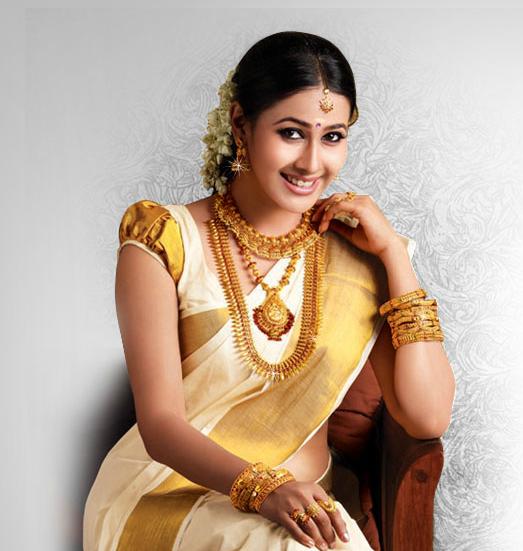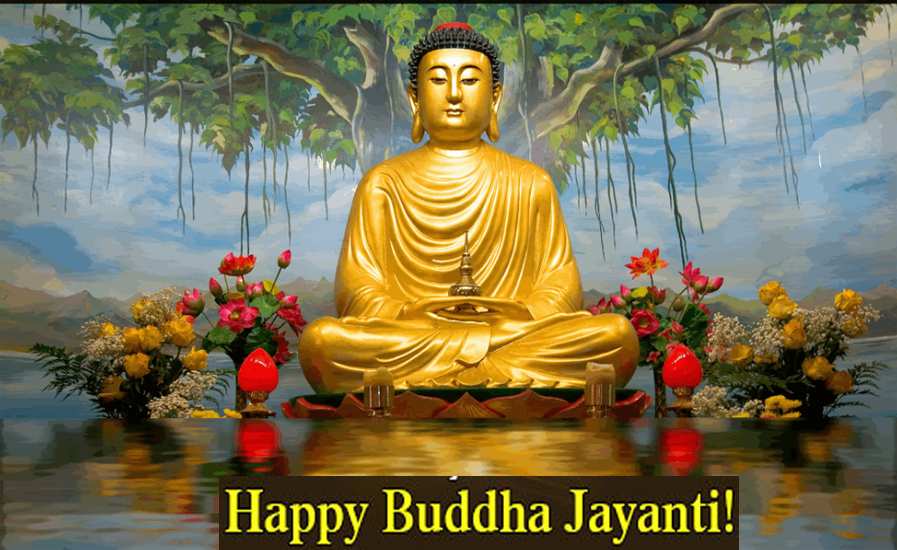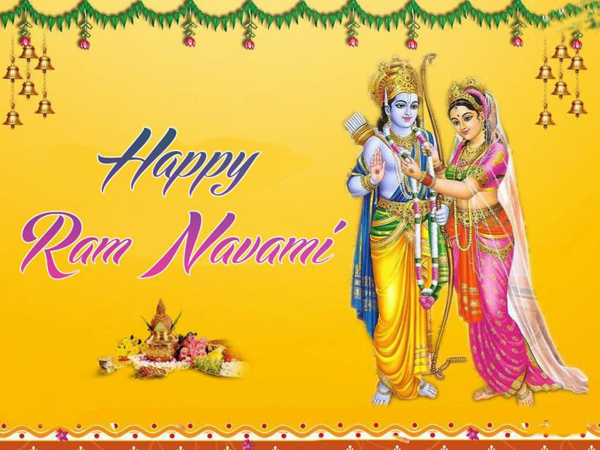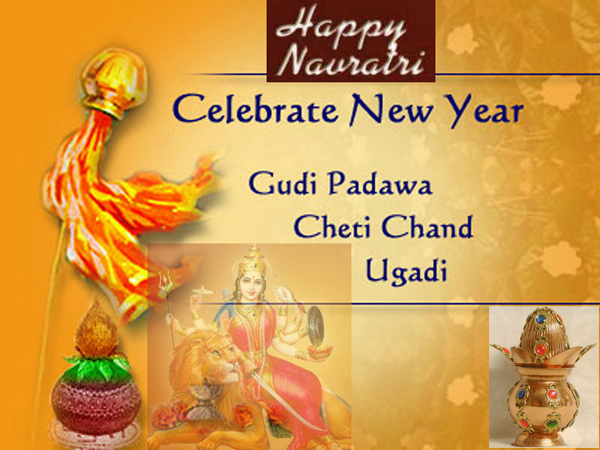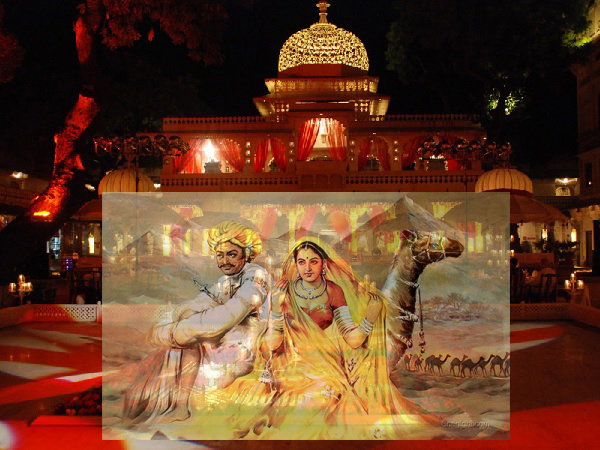Malayalam is the native language of Malayali people and majorly spoken by people of Kerala. The people from Kerala are known as Keralite or Malayali. These people are well-educated, working professionals, you can find them across all Indian states.
The Malayali marriage ceremonies are simple and sweet. Kerala wedding is full of fun and they love to follow their rituals. Malayali Marriage function is mostly attended by the family, friends and relatives. Let’s take a close look at the wedding rituals of Kerala wedding.
Rituals before Wedding
Muhurtham Ritual -The horoscope of both, the Kerala bride and groom are matched by traditional malayali astrologer. If the horoscopes are matched, then “Muhurtha” an auspicious date is fixed by the two families for wedding.
Nischayam Ritual – The “Nischayam” means engagement ceremony, where the parents make official announce about the marriage in front of family, relatives and friends. Here the Malayali bride and grooms presence is not really required at the time of announcement.
Traditional Party– Before the wedding a traditional party is arranged for the guests by the bride’s family. Here the bride sits on floor facing towards the east direction and enjoys a traditional vegetarian meal with her family members and guests.
Wedding Day Rituals
Madhuparkam Ritual – The bride wears a two piece sari “Mundu” decorated with flowers and jewelry. The groom wears traditional Dhoti and Angavastram. The groom is warmly welcomed by bride’s father. Her father washes the feet of his son-in-law’s feet. The groom gives a cream-white color saree for the bride which she is supposed to wear during the wedding ceremonies.
Kanyadaanam Ritual -The marriage ceremonies are done in front of the Veli (holy fire). Then the couple takes three rounds around the holy fire where the groom ties the “Taali” yellow thread around the neck of bride. After that Kanyadaanam ceremonies take place where the bride’s father hands over his daughter’s hand to the groom, which symbolically means that he is giving all the responsibilities of his daughter to him.
Sparsham Ritual – The groom sits on floor facing the bride. The groom tilts his head forward to touch his wife’s forehead. The Pundit chants mantras and bride puts puffed rice into the sacred fire. Then the groom lifts his wife’s foot and put it on the grinding stone (Ammi), known as breaking of old ties with her family. Again the groom takes bride’s foot forward seven times with his hand, which represents her entry into new family.
Sadhya Ritual – Once all the wedding rituals are over, all the family members, relatives and guests enjoys the traditional food party which is popularly known as “Sadhya”.
Rituals after Wedding
Kudivep – After completing all the wedding ceremonies the newly wedded couple leaves for the groom’s house. The newly wedded couple is welcomed by the groom’s mother with oil lamps. This home welcome ceremony of the couple is popularly known as Kudivep.
Grihpravesh – This is the first time when the newly wedded bride enters into her husband’s home. This ceremony is known as Grihpravesh.
Lovevivha.com is India’s 1st matrimonial site with Aadhaar verified profiles. All Malayali future brides and grooms can search their life partner by registering with lovevivah.com for free. Here you can search through profiles and find a suitable match in your Malayali community.

